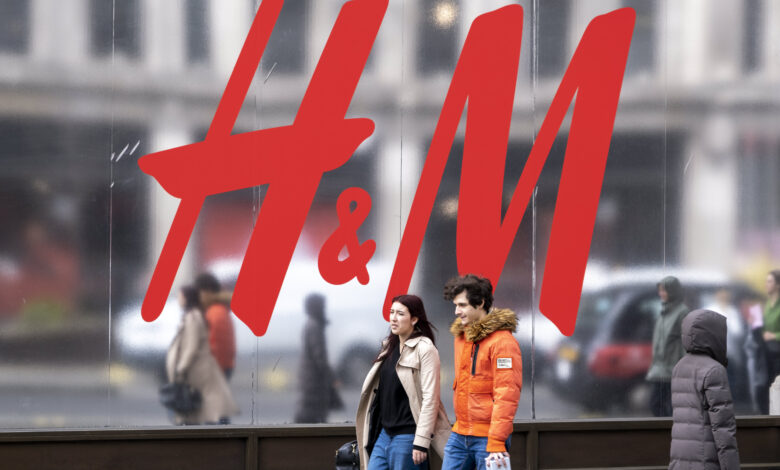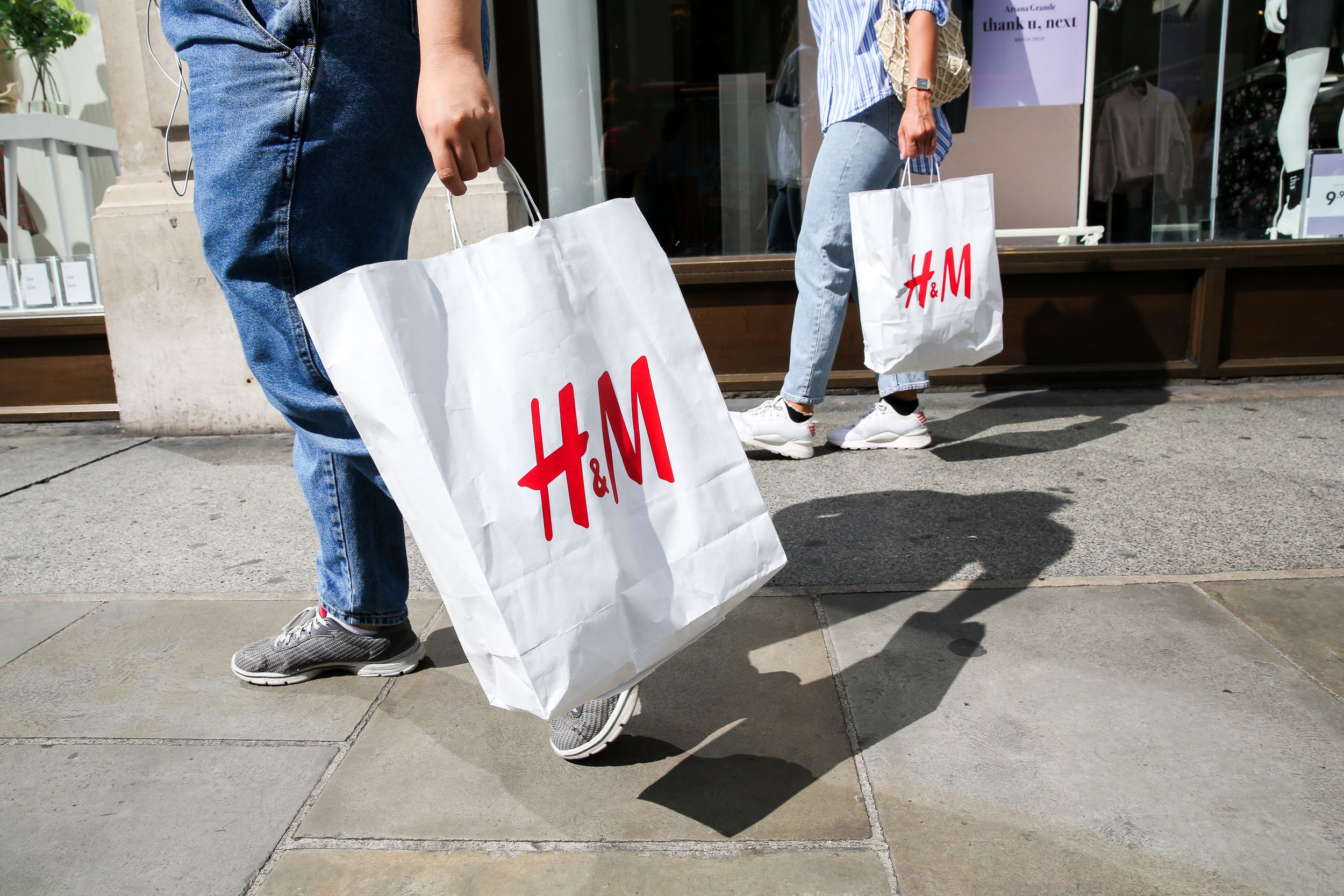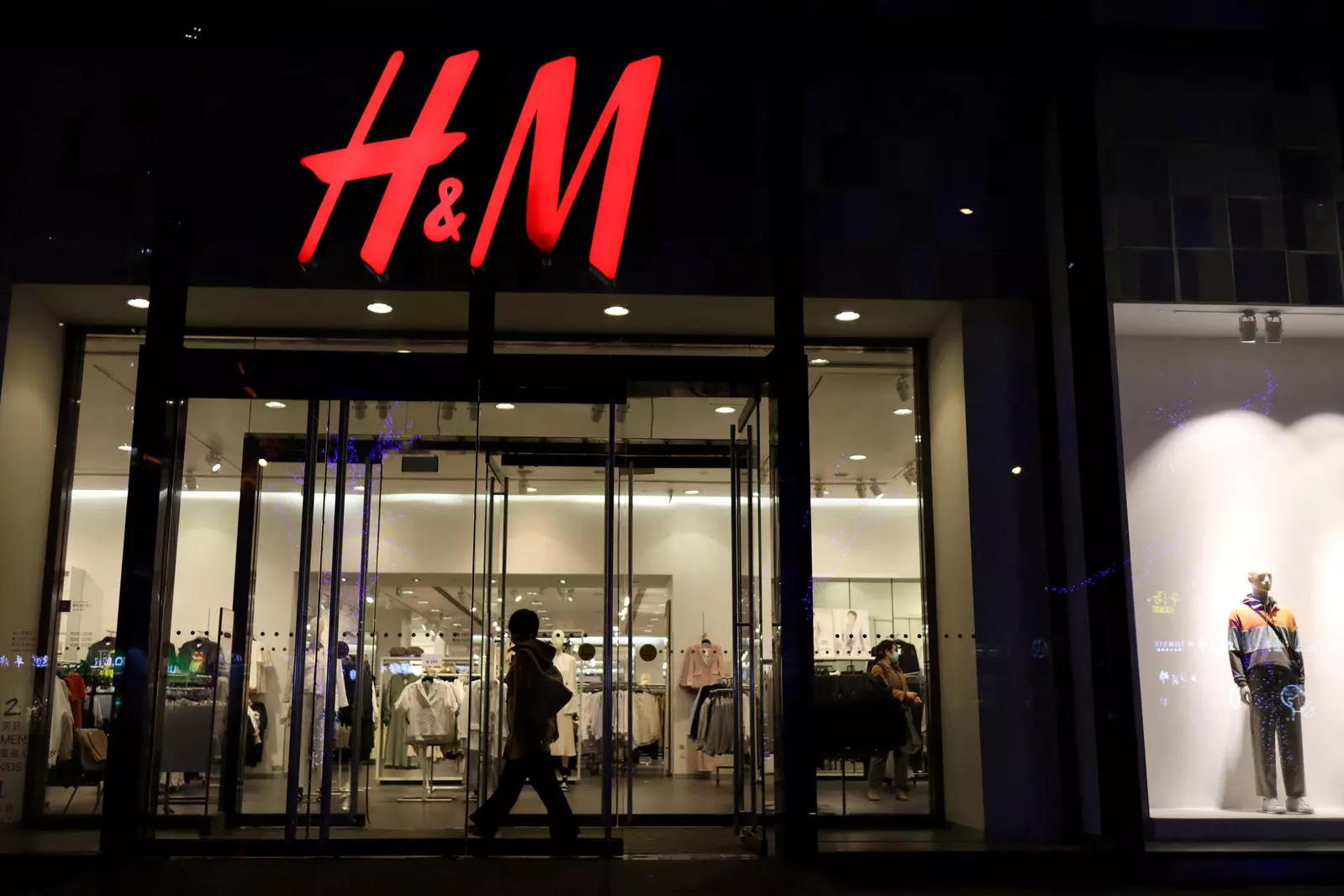H&M Attributes September Sales Decline to Unseasonably Warm Weather 2023

H&M Attributes September Sales Decline to Unseasonably Warm Weather 2023
The global fashion retail giant Hennes & Mauritz (H&M) recently reported a noticeable decline in its sales for the month of September. In an unexpected twist, the Swedish company pointed fingers at an unusual culprit: warm weather.
This comes as a surprise to many, but the connection between the weather and retail sales is more intertwined than one might imagine.

While cost-cutting initiatives helped the fashion retailer’s quarterly earnings increase, H&M said that abnormally hot weather in many of its European regions had delayed the start of the autumn shopping season, resulting in reduced sales in September.
Inditex, owner of Zara, H&M’s main rival, predicted that September sales would be down 10% from a year ago when expressed in local currency. In contrast, Inditex reported sales were up 14% between August 1 and September 11.
The fall, which comes as a cost-of-living problem restrains consumers’ purchasing, dashes expectations that the second-largest apparel retailer in the world is improving after trailing Inditex.
Vera Diehl, portfolio manager at Union Investment, which owns shares in both H&M and Inditex, said, “If the sales at your competitor basically go up by 14% with the same weather, that tells you something, in my opinion.”
In the third quarter of the Swedish group’s fiscal year, from June to August, operating profit increased from 902 million to 4.74 billion crowns ($430.7 million). A 4.72 billion crown profit was the average prediction of the analysts LSEG surveyed.
The amount from a year earlier included a one-time expense of 2.1 billion crowns for the group’s withdrawal from Russia, which, according to H&M, was responsible for four percentage points of the 10% decrease in September sales.H&M also claimed that this month marked the end of a lengthy hiatus from JD.com, one of China’s largest online marketplaces, brought on by criticism of its position towards alleged human rights violations in China’s Xinjiang province.
Last year, it was back on Alibaba’s Tmall e-commerce portal, but it hasn’t been on JD.com since 2021.

H&M announced a share repurchase programme that would begin on Wednesday and end on March 31 of the following year.
Retail sales, especially for fashion giants like H&M, are heavily influenced by seasonal trends. Clothing brands usually release their collections in anticipation of upcoming seasons, with autumn and winter collections typically hitting the shelves by late summer. Shoppers, in turn, begin to refresh their wardrobes in preparation for colder months. Therefore, any unseasonal warm weather can deter customers from purchasing these new collections.
September is traditionally a month when many shoppers begin to invest in warmer clothing, such as jackets, coats, and knitwear. However, this year’s September saw higher than average temperatures in many regions, making it feel more like an extended summer. The prolonged warmth reduced the immediate demand for winter attire, and as a result, H&M witnessed a drop in sales for these items.

While H&M has not provided specific figures regarding the decline, industry analysts speculate that the drop might be substantial given the size and scale of H&M’s operations. Even a small percentage of unsold stock can translate into significant financial setbacks.
This isn’t the first time a brand has attributed fluctuating sales figures to unpredictable weather patterns. Retailers globally have long considered the weather as a variable in their sales projections. Warm winters or cool summers have been known to affect sales of seasonal merchandise across various industries.
Retailers like H&M need to be agile in their approach when faced with such external challenges. Some potential strategies include:
- Inventory Management: Efficient stock management can help stores return or redistribute unsold stock to other locations where demand might be higher.
- Marketing Campaigns: Adjusting marketing strategies to promote transitional pieces or layering options can resonate with customers during unseasonably warm periods.
- Diversification: Expanding product range to include non-seasonal items or venturing into regions with different weather patterns can also offset sales dips.
The erratic weather patterns might not just be one-off events. With climate change leading to warmer winters and unpredictable weather globally, retailers need to consider these changes when planning long-term strategies. The fashion industry, as a significant contributor to global emissions, must also take accountability and adopt sustainable practices.

While it’s easy to dismiss H&M’s blame on the warm weather as an excuse, there is a clear correlation between weather patterns and consumer purchasing habits, especially in the fashion industry. It serves as a reminder for businesses to remain adaptable and highlights the importance of sustainable and forward-thinking business practices in a world where the only constant is change.





